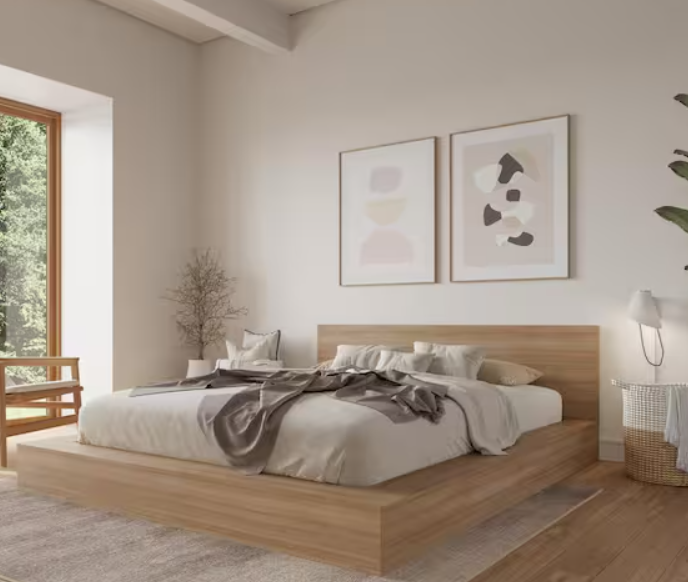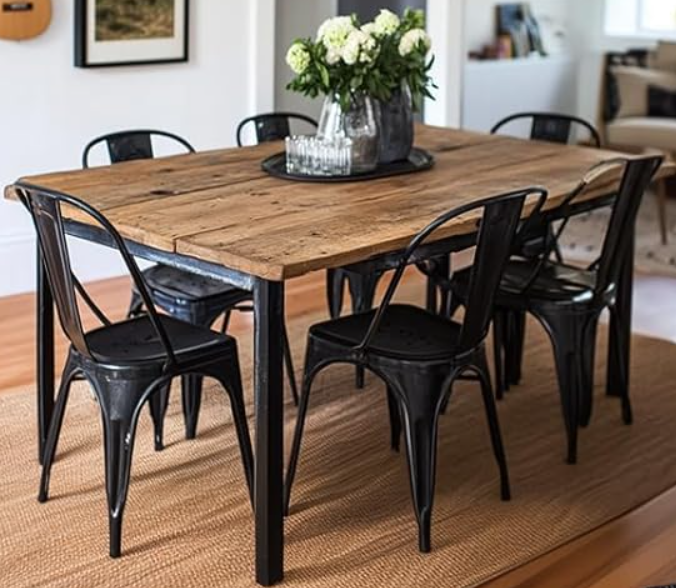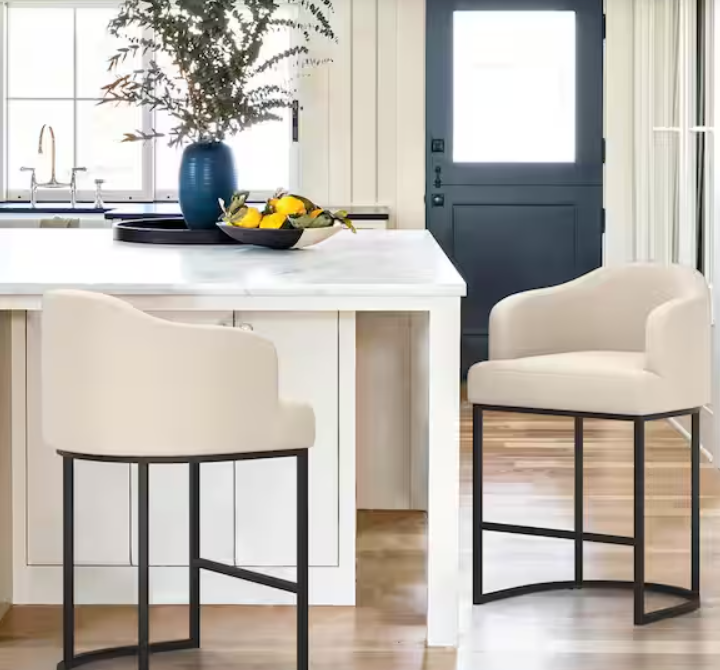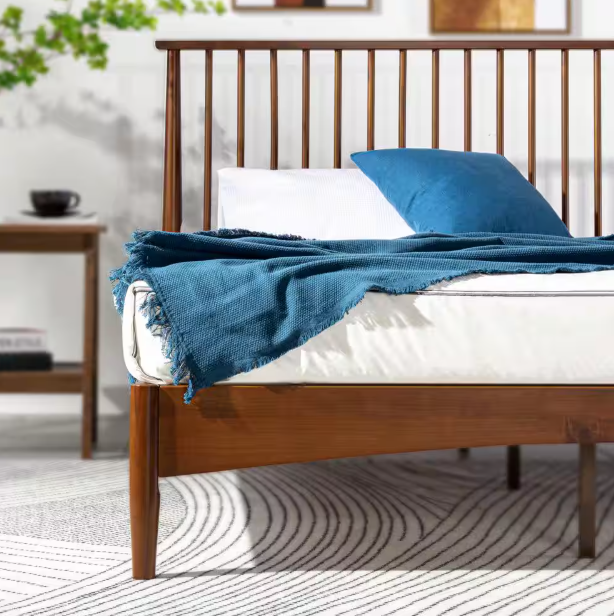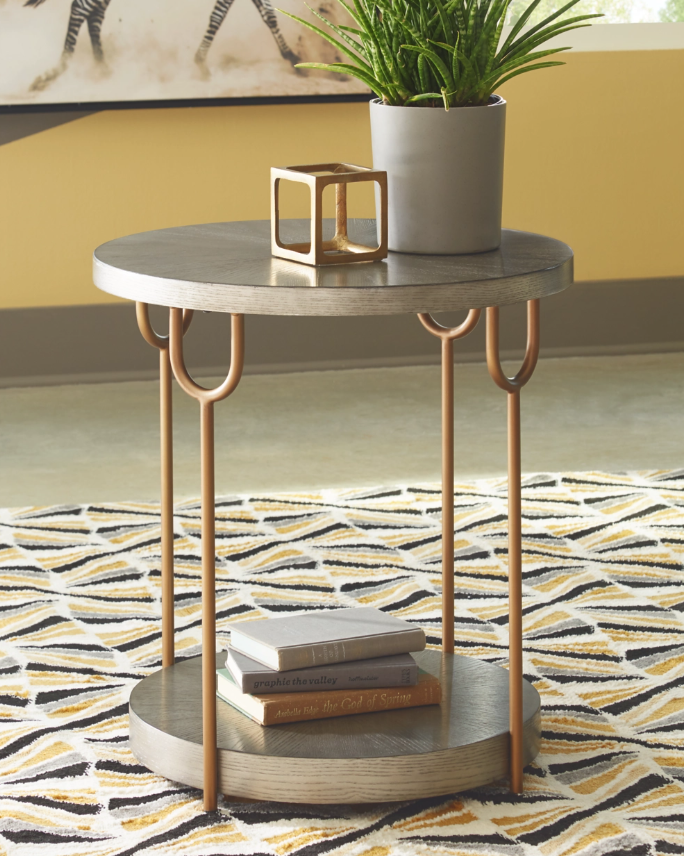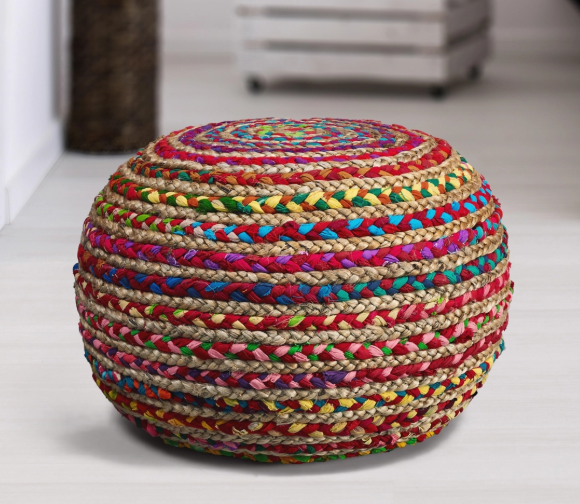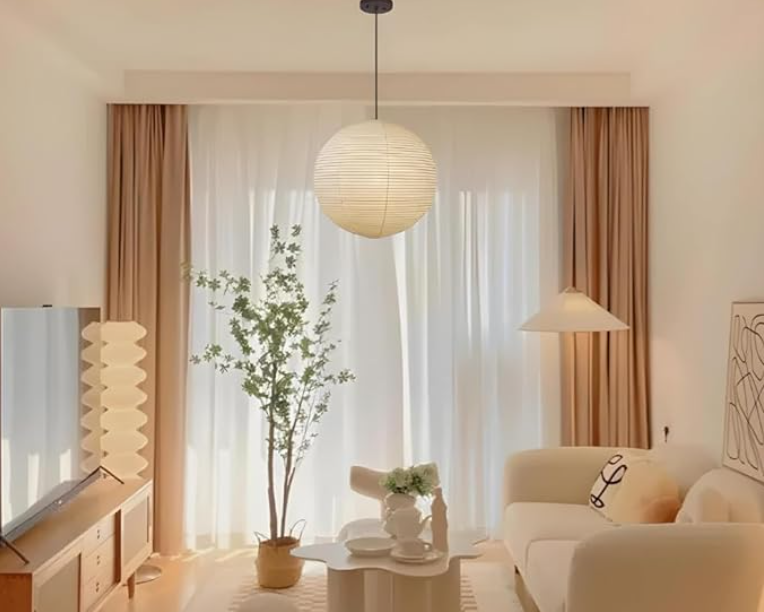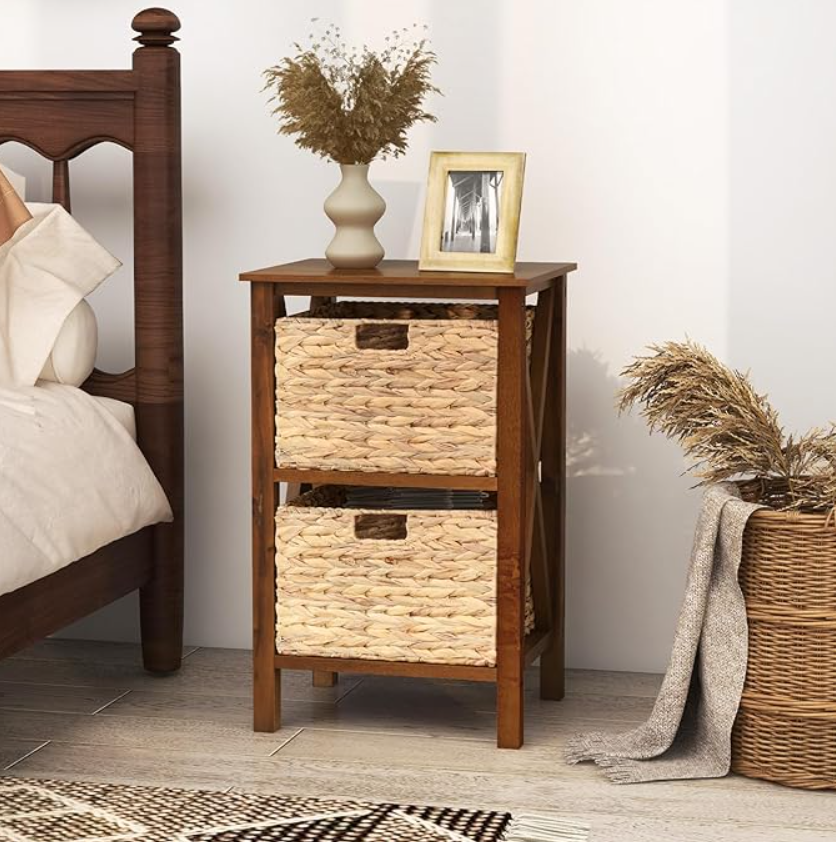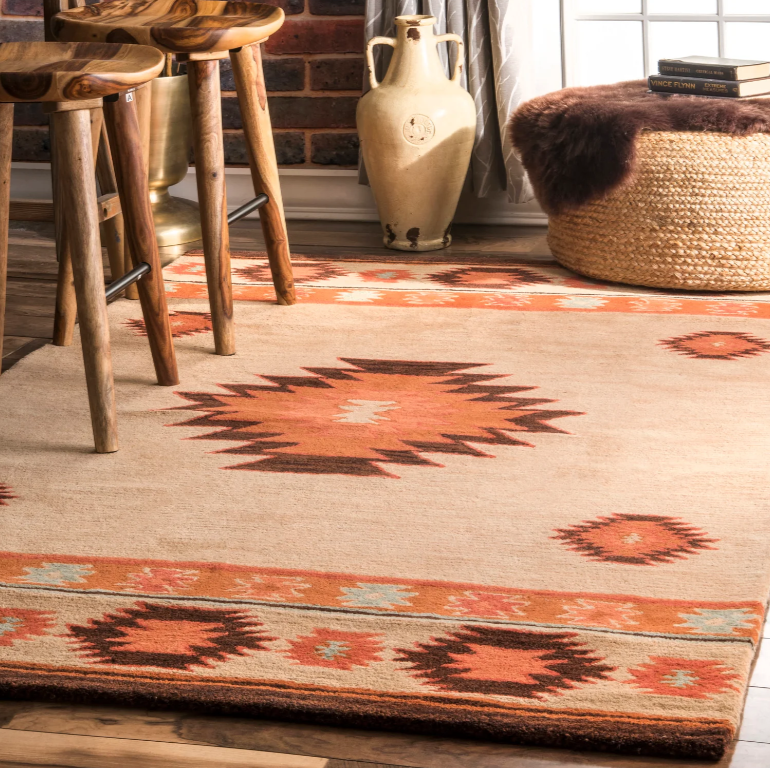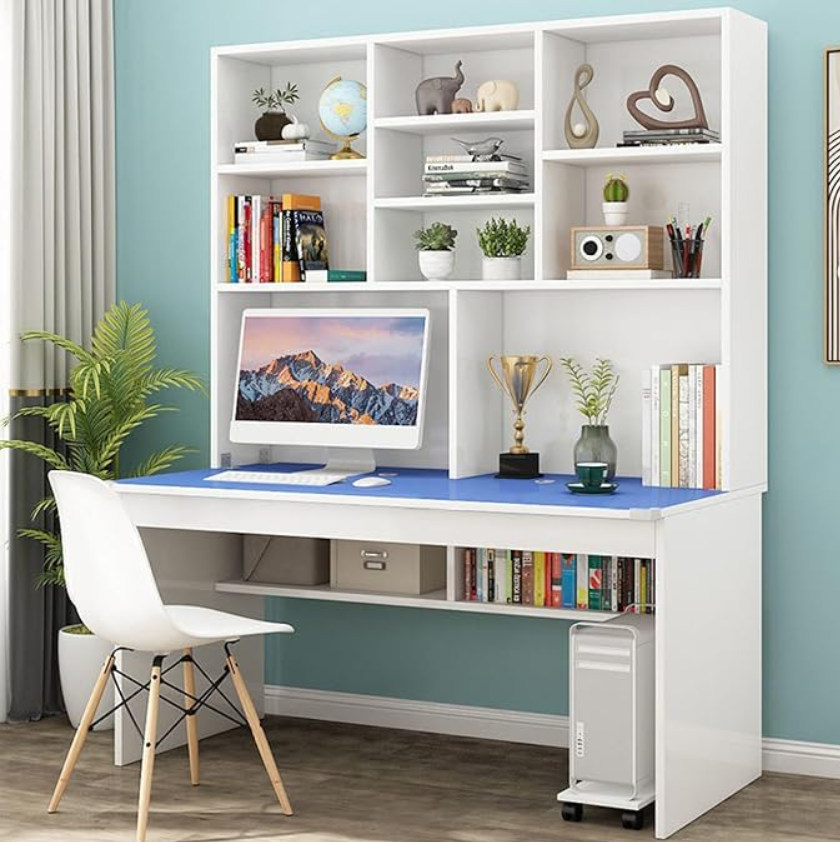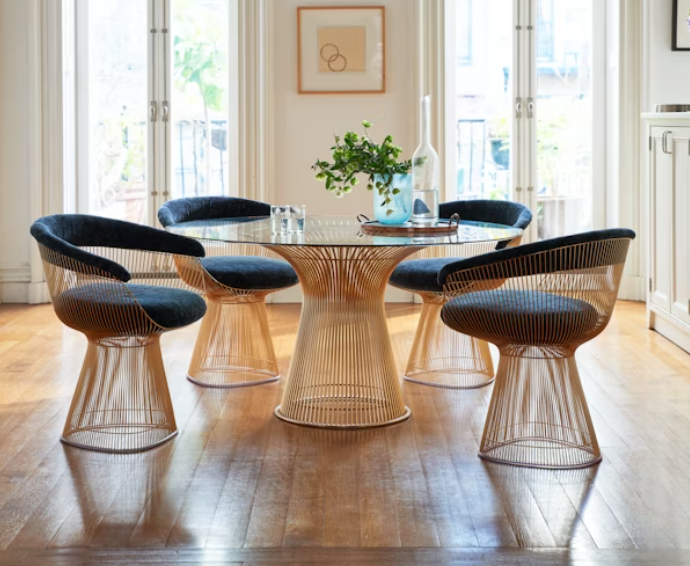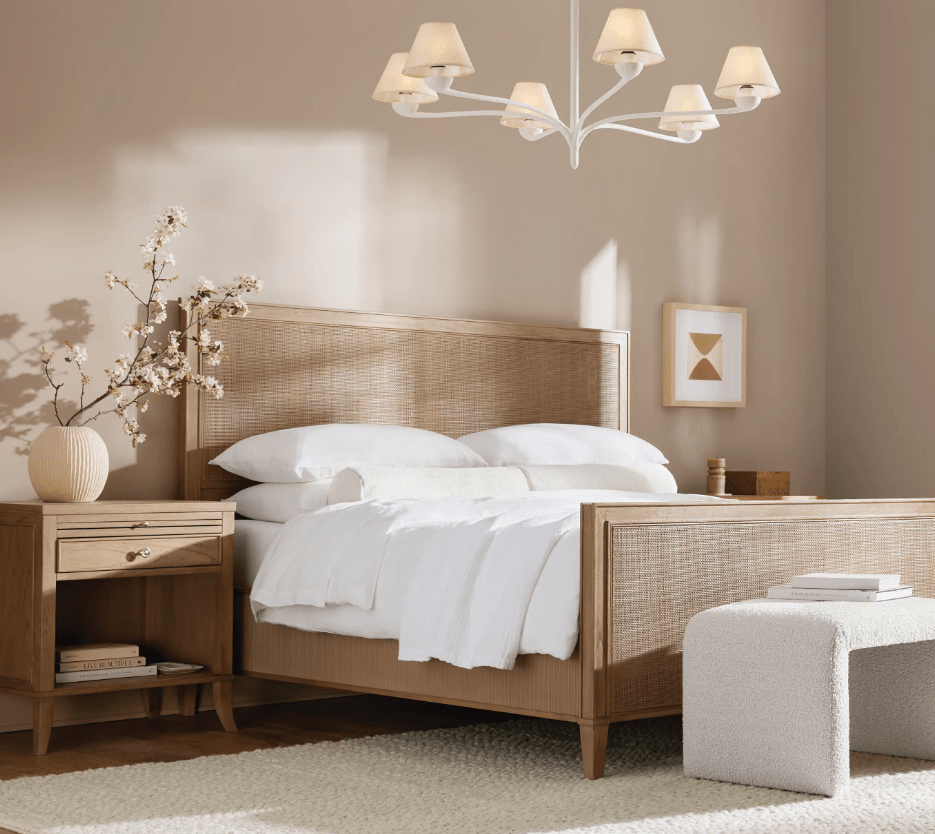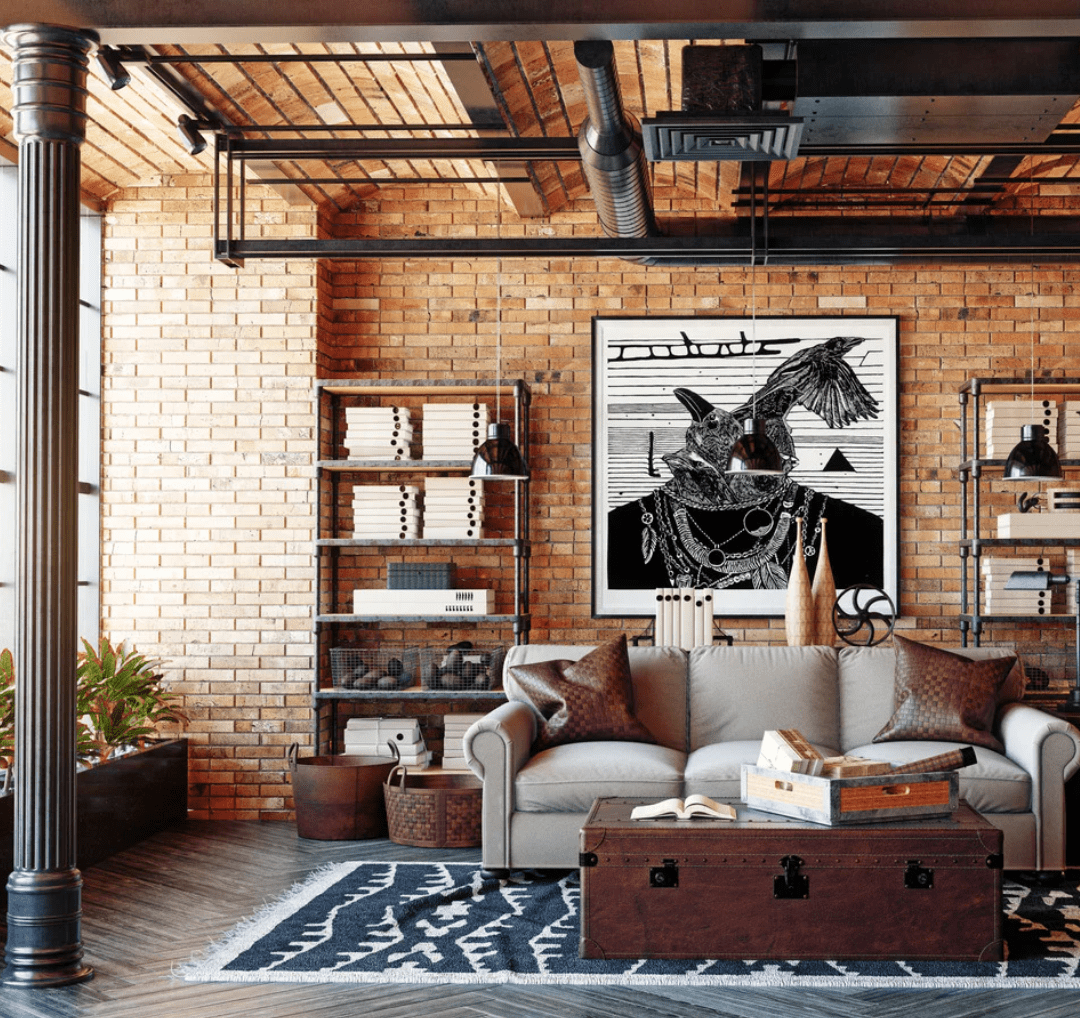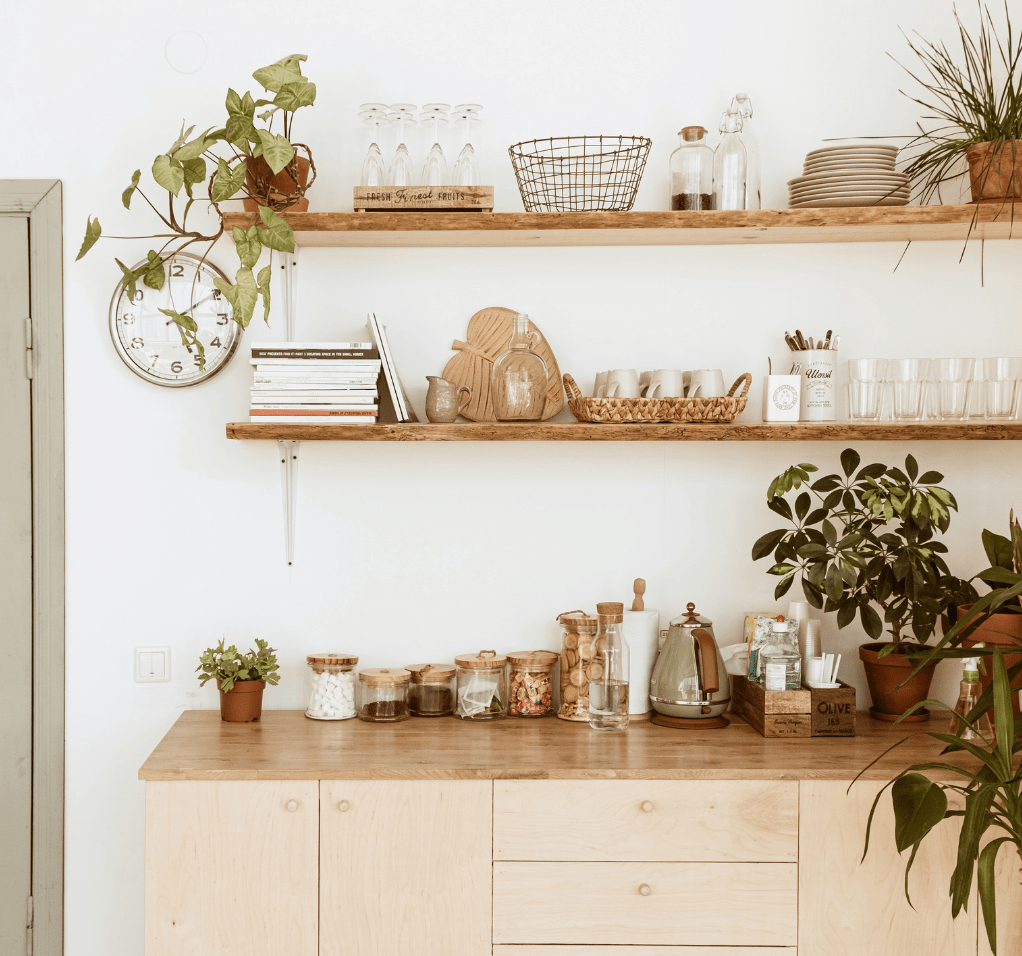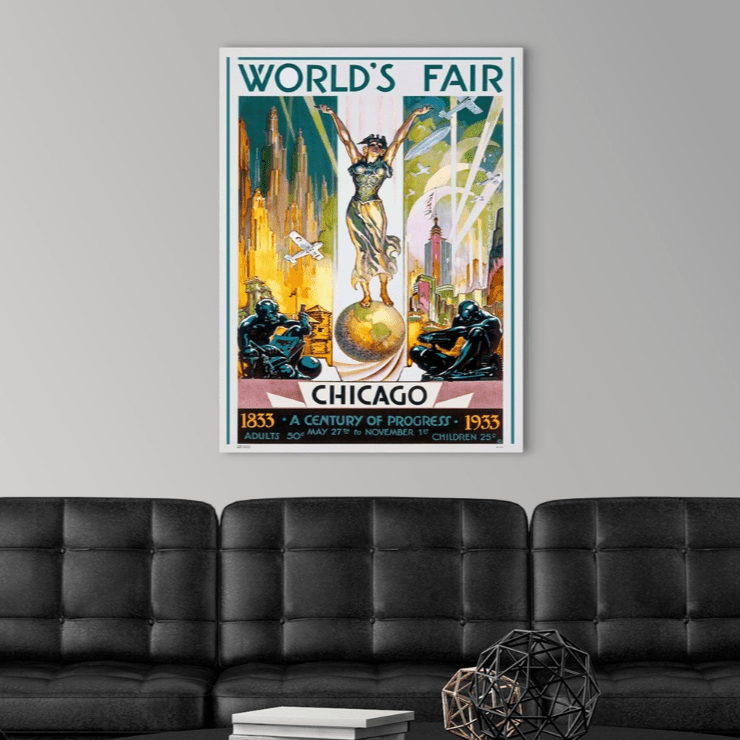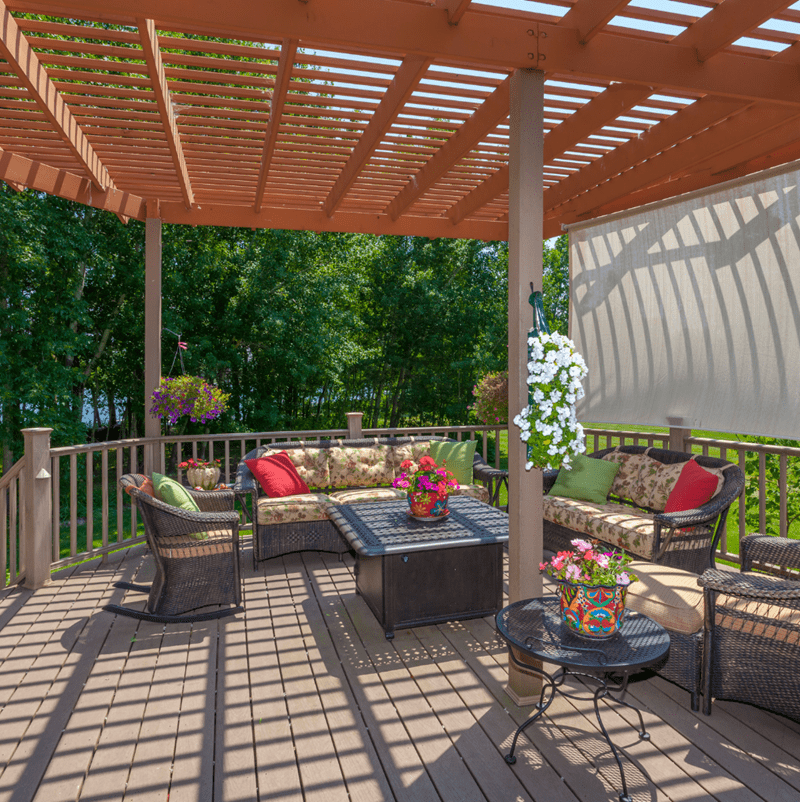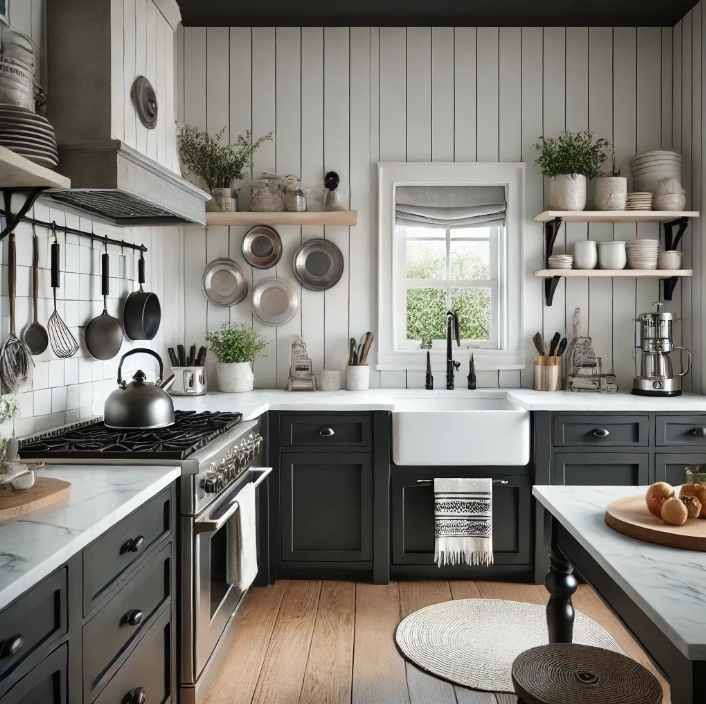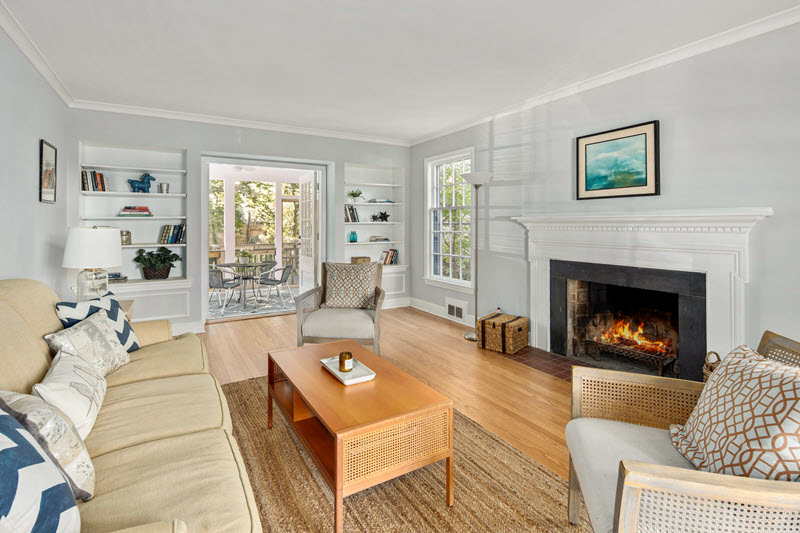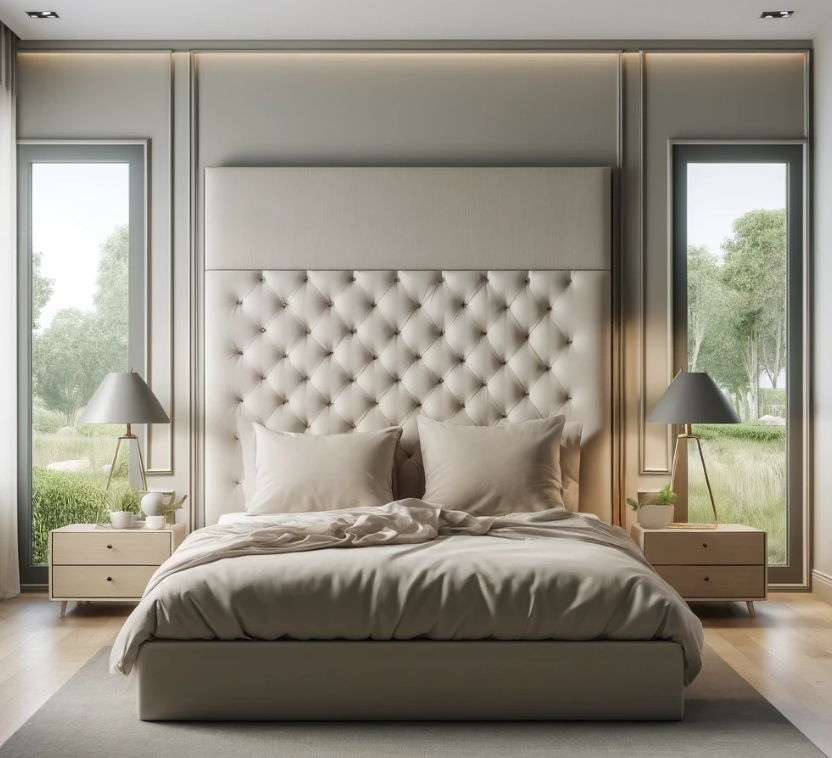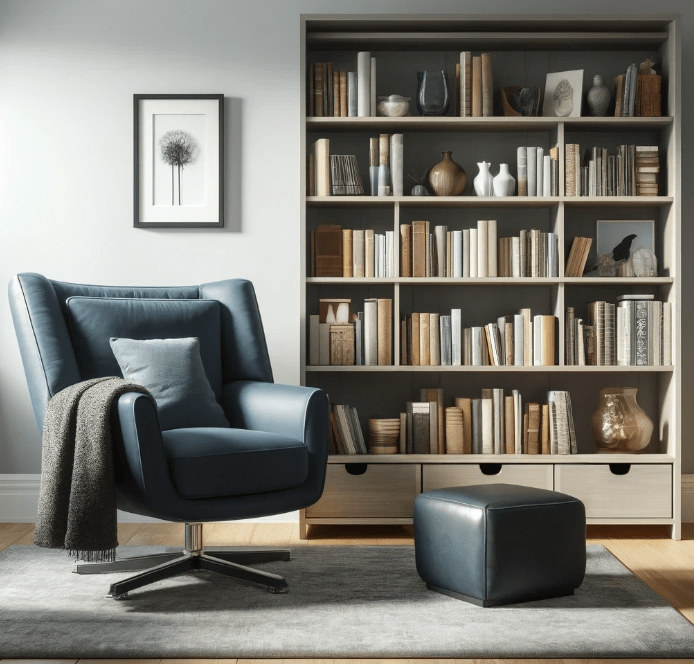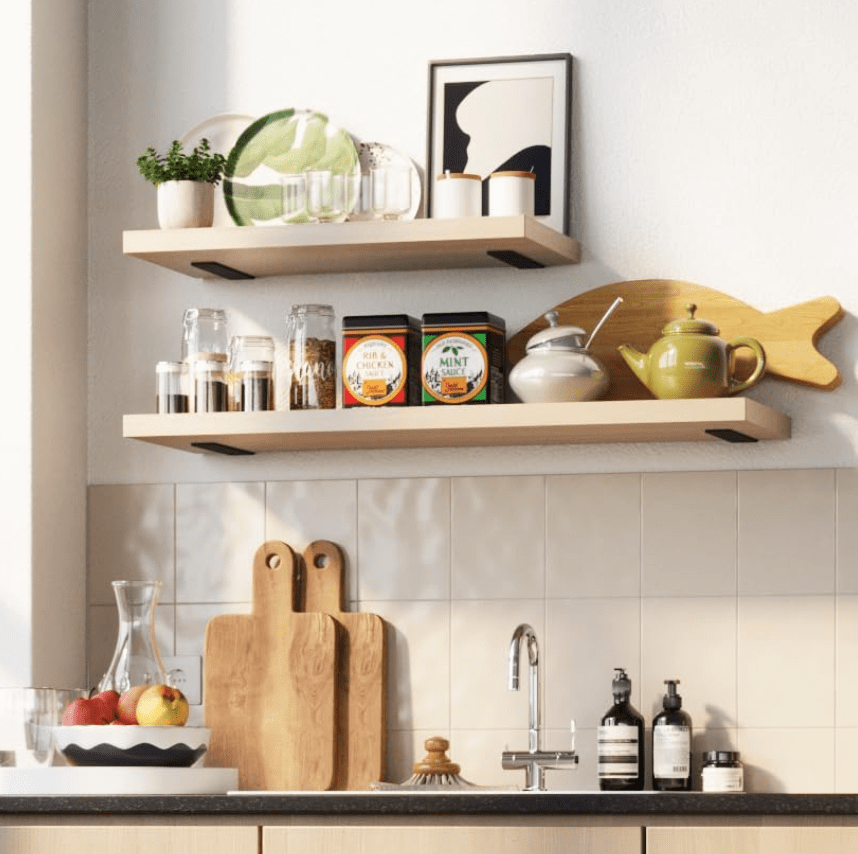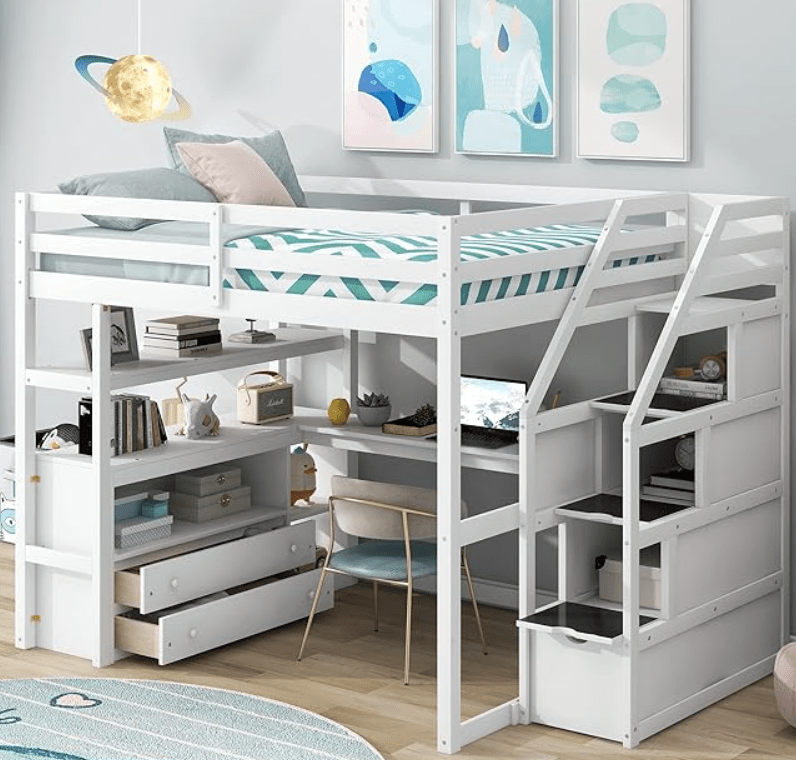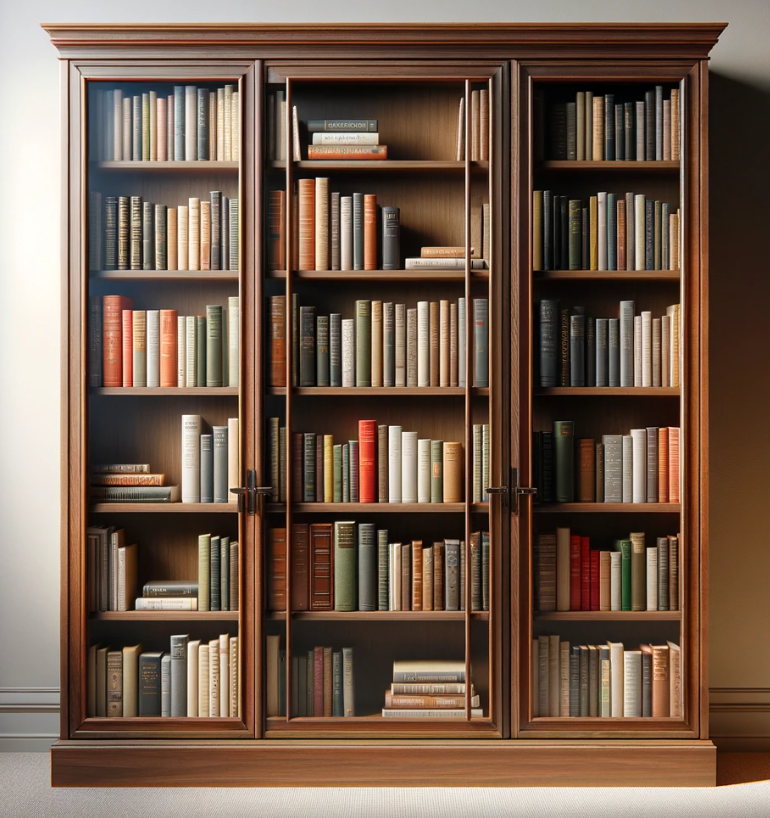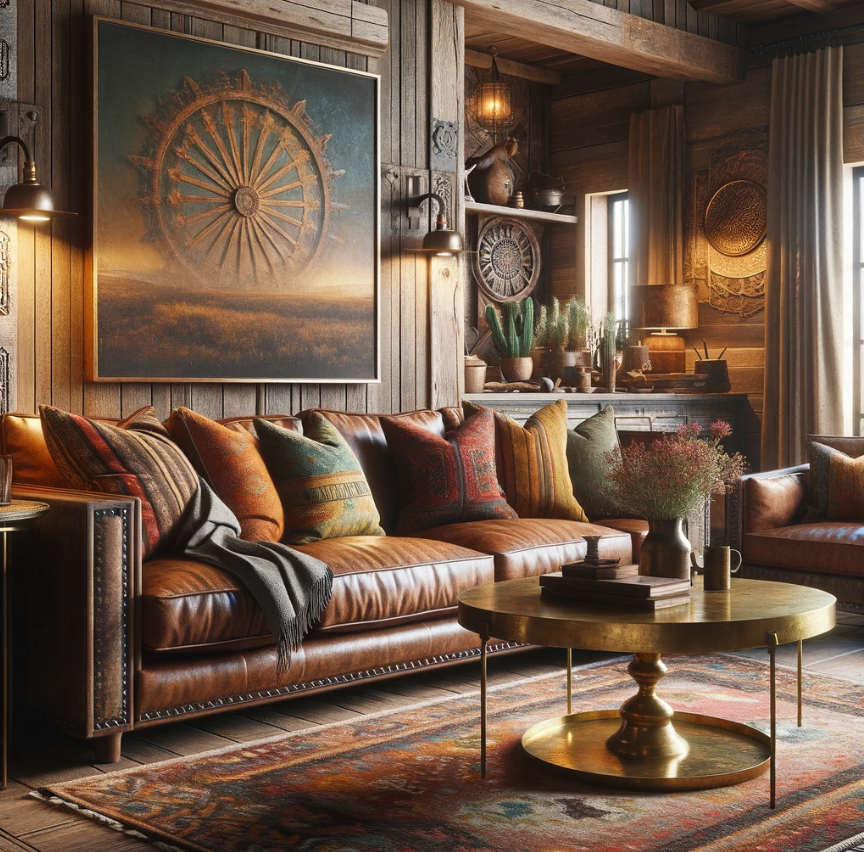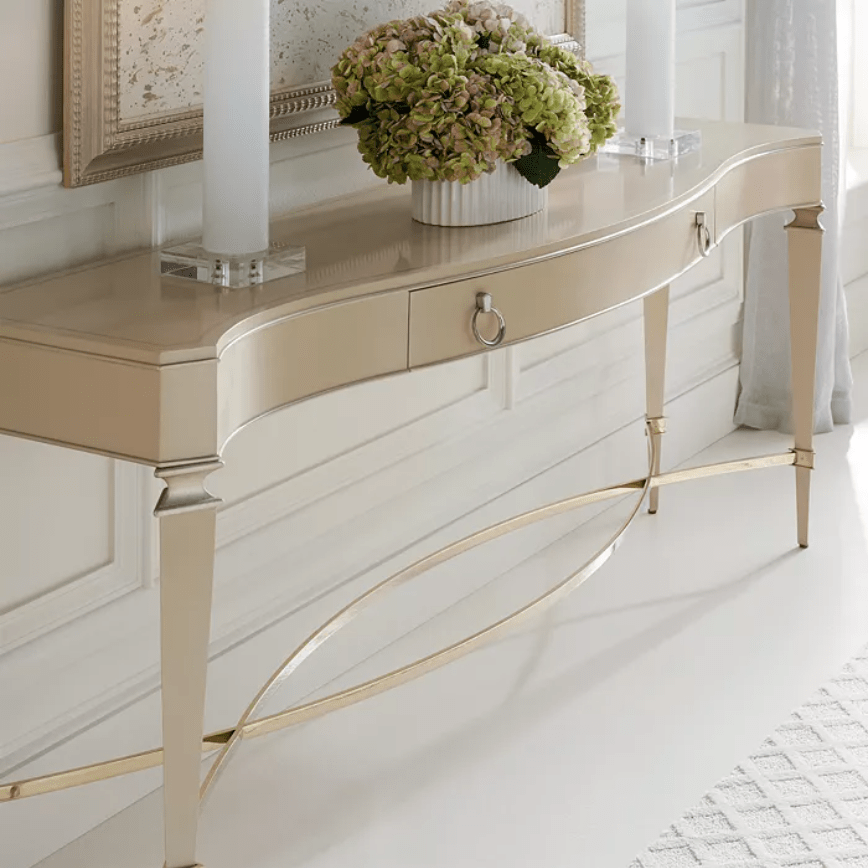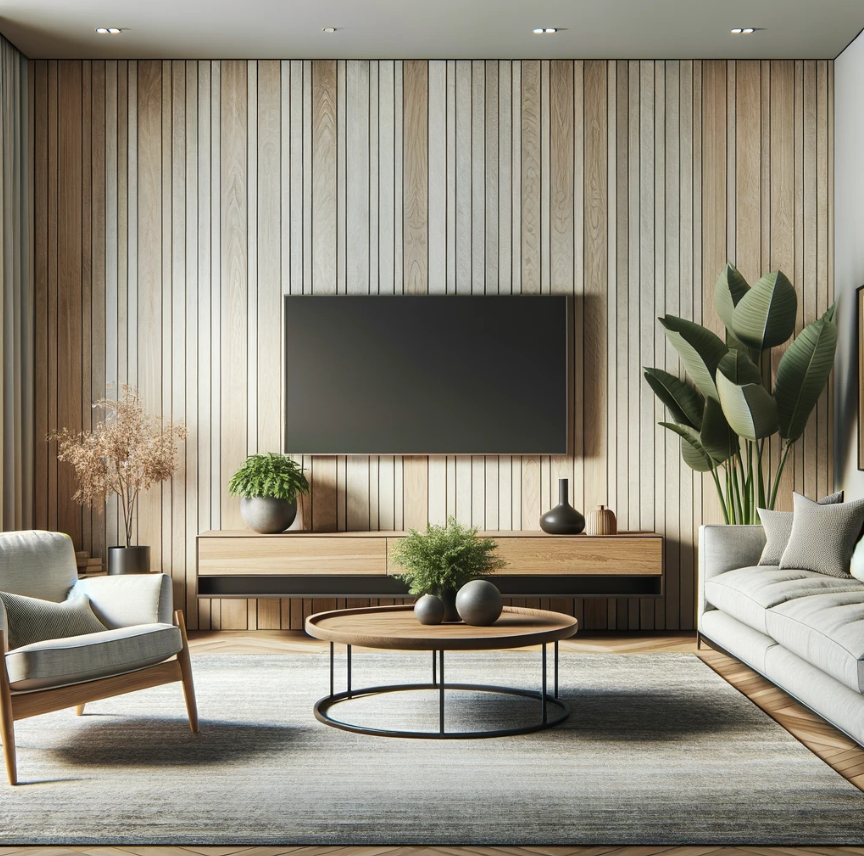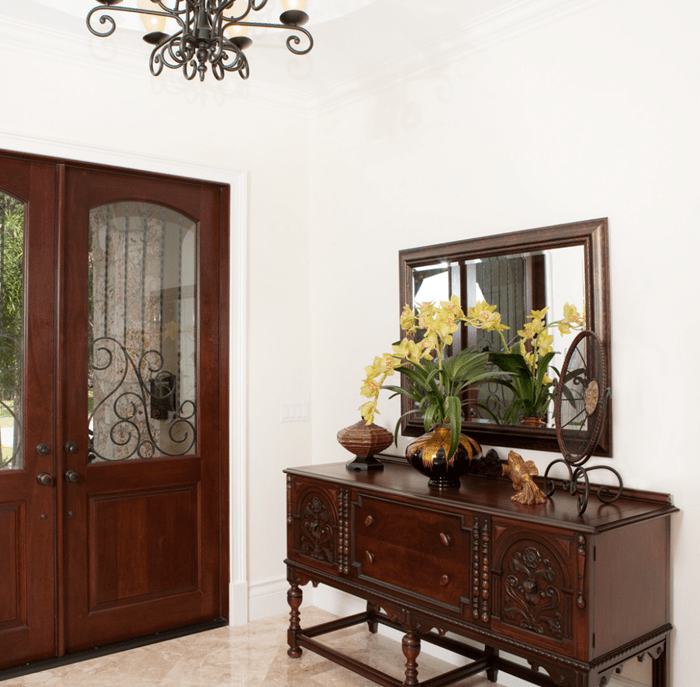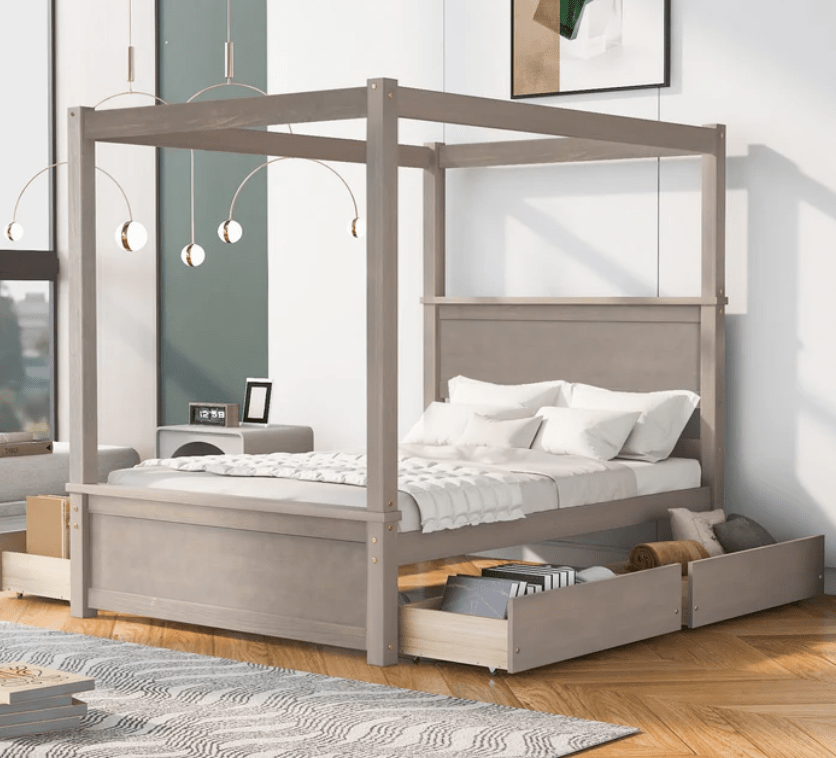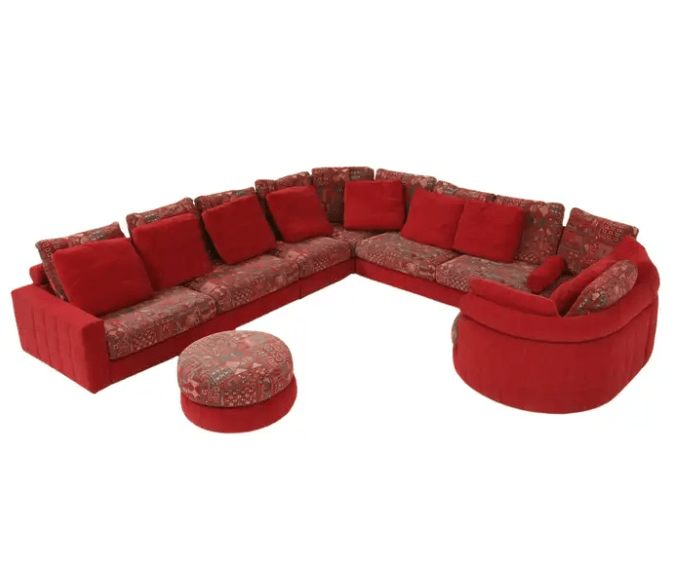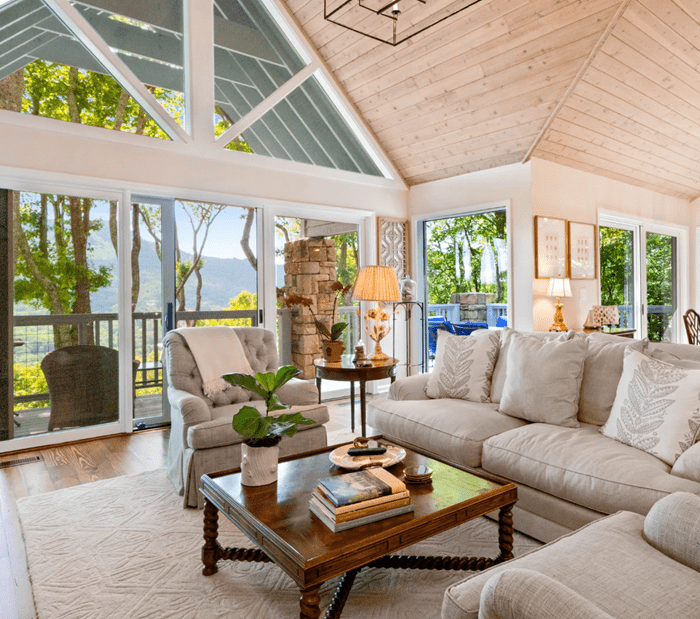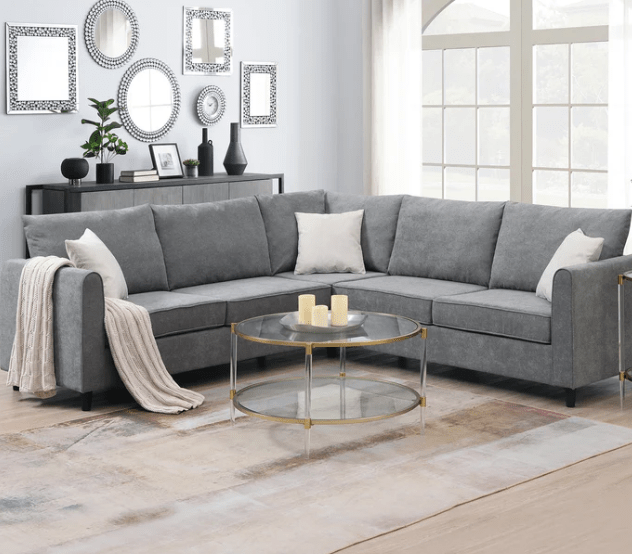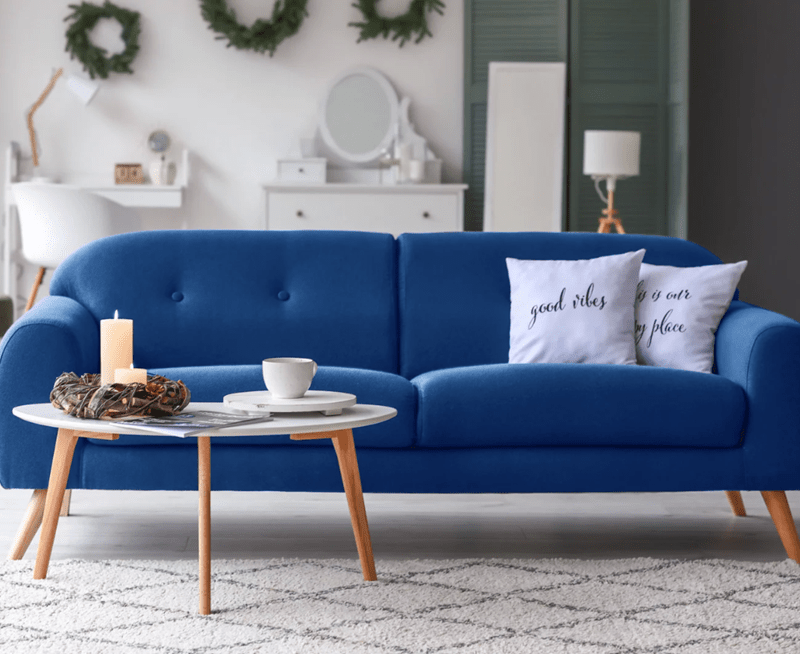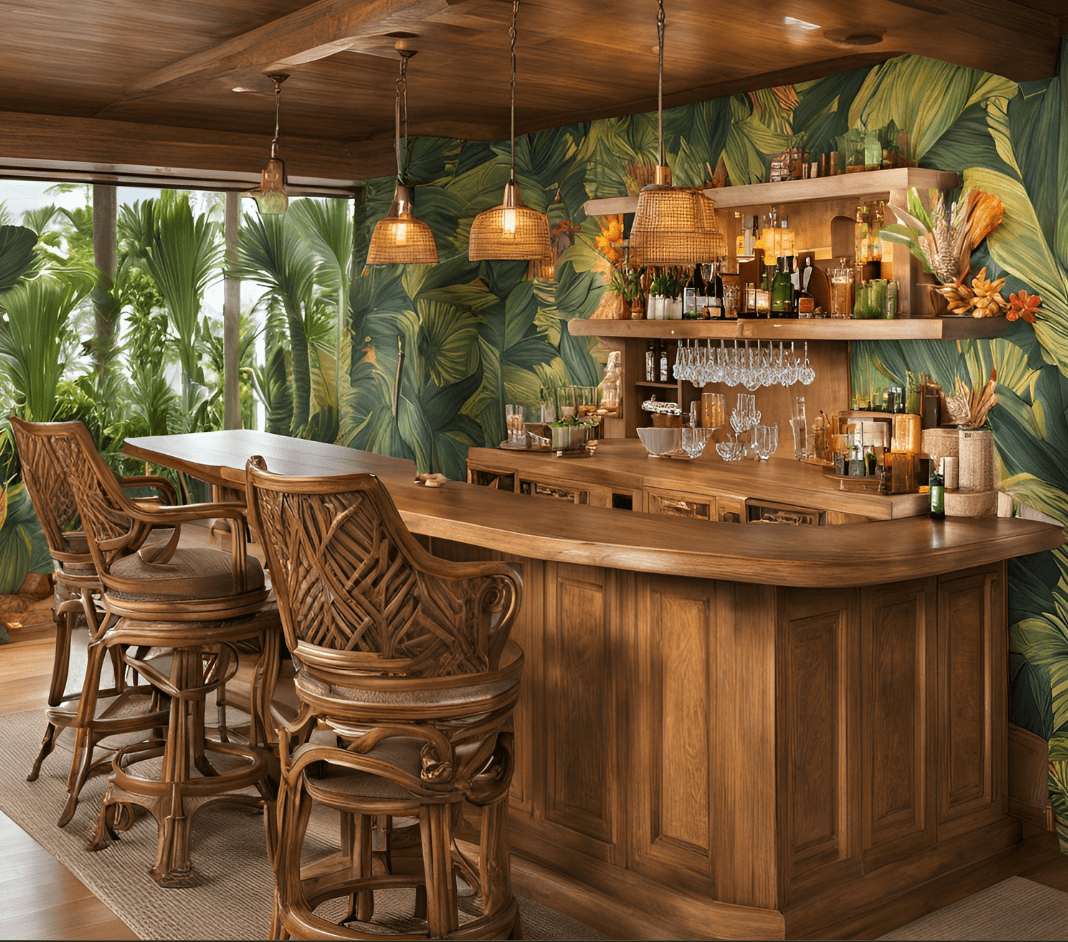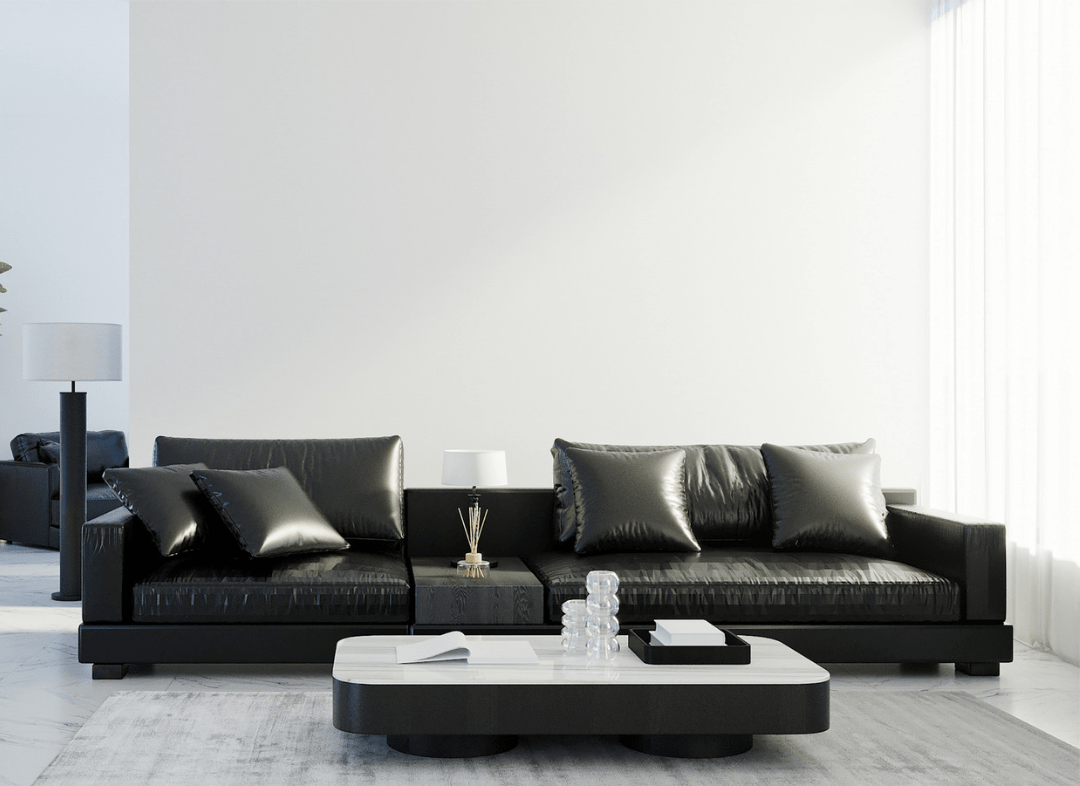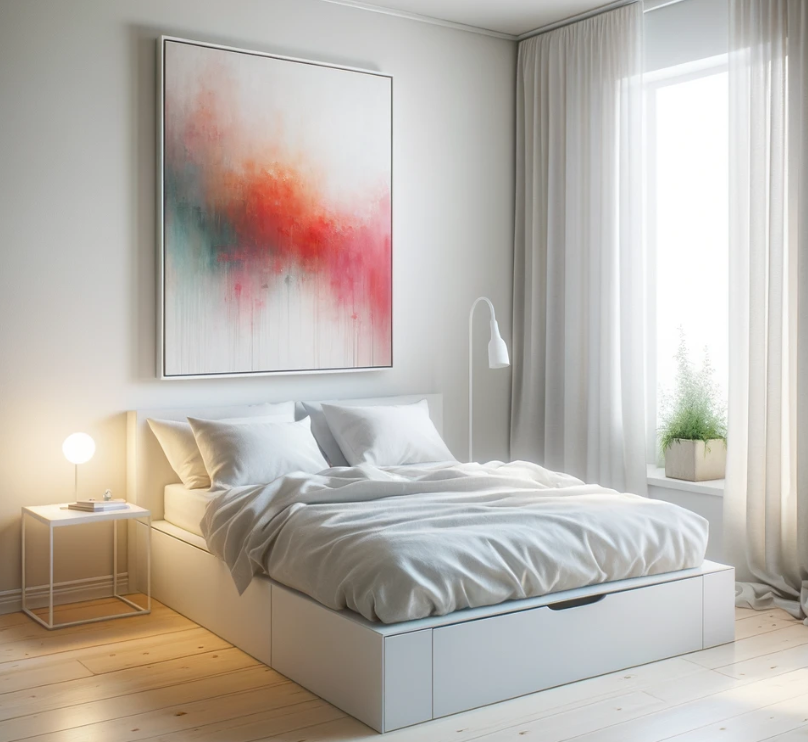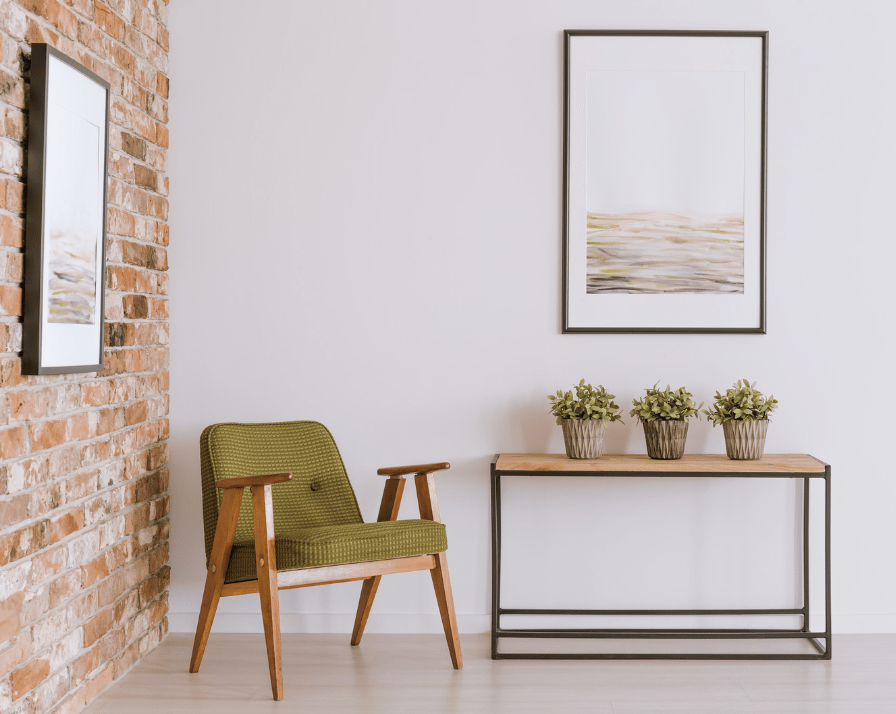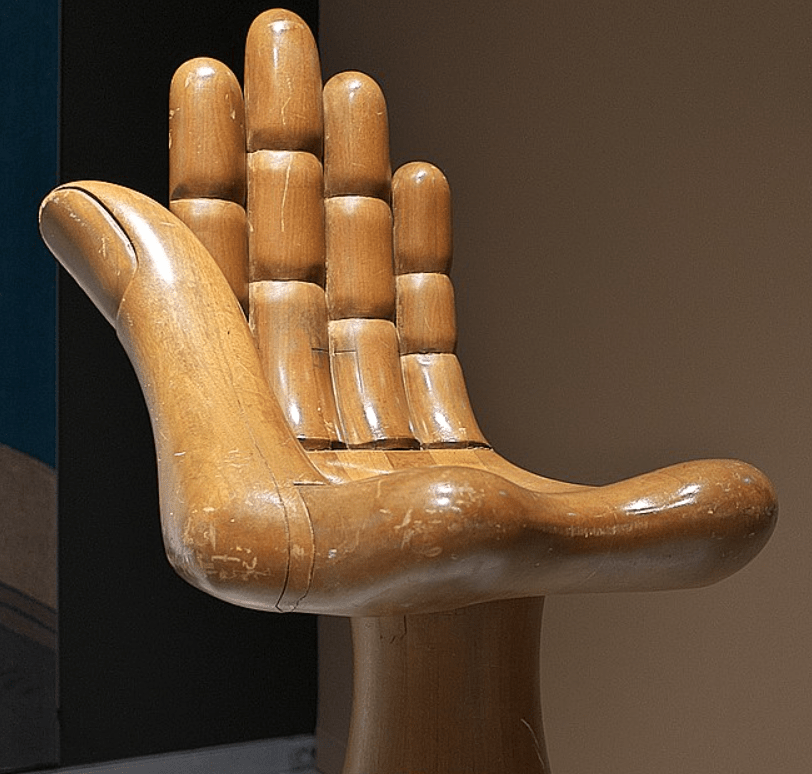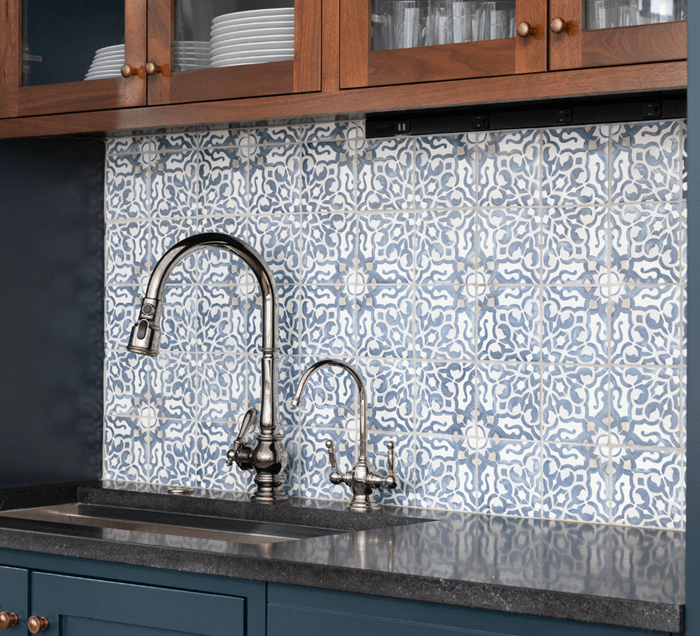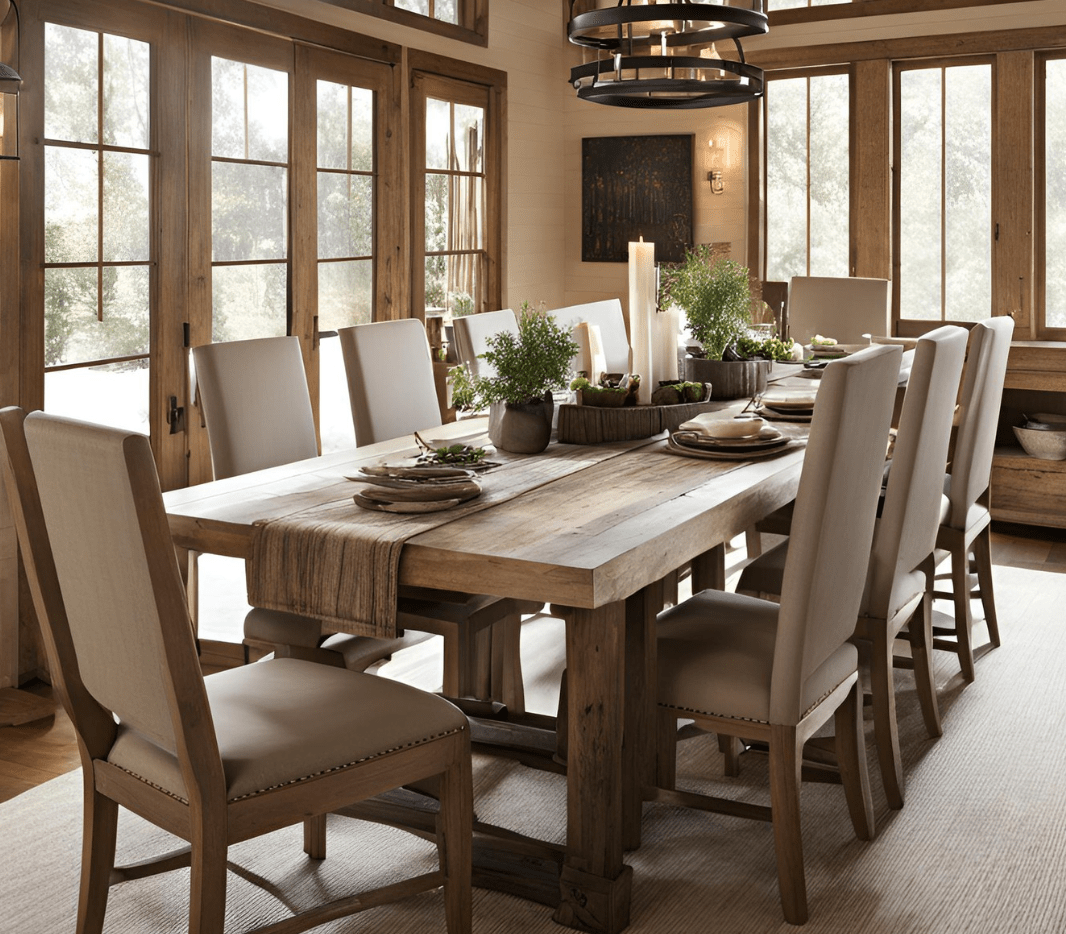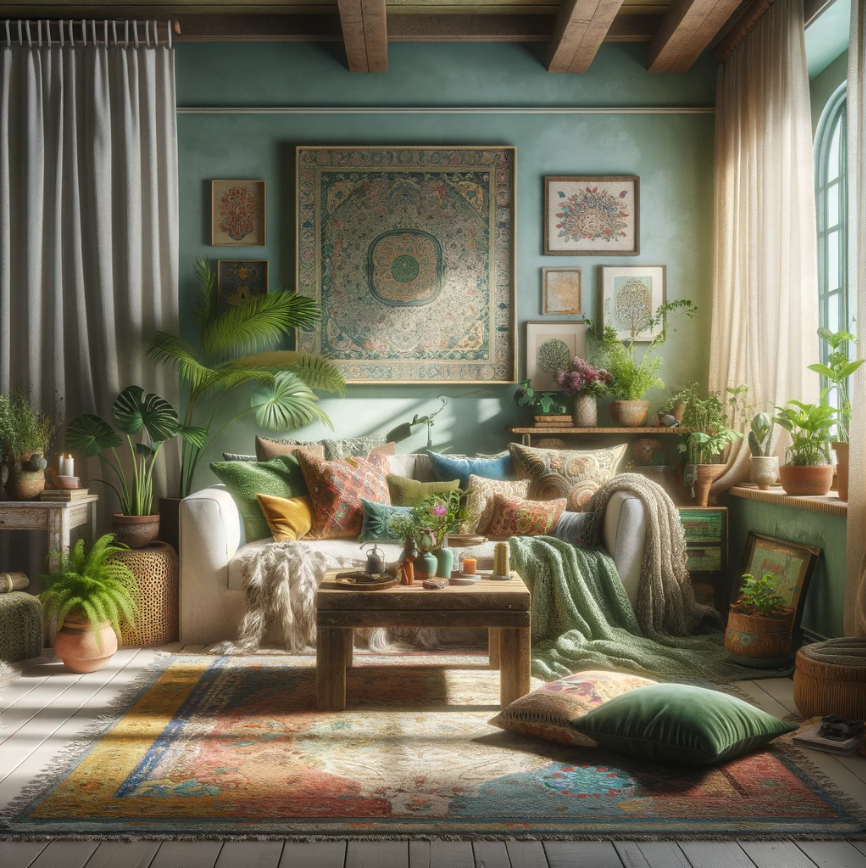10 Ideas for Designing a Transitional Living Room

Creating a living room in the transitional style means blending classic and contemporary elements to achieve a timeless, balanced look. It’s all about clean lines, soft colors, and a mix of textures that feel fresh yet cozy. Here are 10 ideas to help you nail this sophisticated design style.
Build on a Warm, Neutral Foundation
Start with a palette of neutrals like beige, cream, gray, or taupe for your walls and large furniture pieces. These colors provide a calm, understated canvas for other design elements to stand out. Layer in softer hues—dusty blues, sage greens, or blush pinks—for a subtle pop of color. Keep the tone warm and inviting, avoiding anything overly stark or bold.
Focus on Classic Yet Contemporary Furniture
The hallmark of transitional style is furniture that combines the best of old and new. Choose a sofa with traditional rolled arms but upholstered in a modern performance fabric. Accent chairs with sleek profiles, like barrel chairs or Parsons-style designs, pair beautifully with more classic coffee tables or sideboards. To ground the space, look for timeless materials like wood, leather, and linen.
Choose a Rug That Anchors the Room
A well-chosen area rug can tie the entire space together. Go for a solid color, a subtle pattern like herringbone, or a traditional Persian-inspired rug in soft, faded hues. The goal is to add warmth and texture without overwhelming the room. Make sure the rug is large enough to anchor your seating area—ideally, the front legs of all furniture should sit on it.
Balance Hard and Soft Elements
Transitional design thrives on balance. Pair soft, upholstered furniture with harder materials like glass, stone, or metal. For instance, a wood coffee table with metal legs looks stunning next to a plush sofa. Add a marble-topped console table or a glass side table to enhance the contrast without making the room feel disjointed.
Keep the Walls Simple but Thoughtful
Your walls should reflect the balance of transitional design: classic but not fussy. Choose oversized artwork or framed prints that blend traditional themes, like botanical illustrations or architectural sketches, with modern styles, such as abstract art or geometric patterns. Adding a large mirror with a streamlined frame not only enhances the room’s brightness but also brings an elegant touch to the overall design.
Incorporate Lighting That Makes a Statement
Lighting is where transitional design often shines. Look for fixtures that combine traditional silhouettes with updated finishes—think chandeliers with clean lines in brushed nickel or floor lamps with drum shades in crisp linen. Add layers of light with table lamps on side tables and sconces flanking a focal point like a fireplace or large artwork.
Layer in Textures and Fabrics
Texture is key to making a transitional living room feel rich and inviting. Mix smooth leather with a nubby boucle, soft velvet with sleek wood, or crisp linen with plush wool throws. These contrasts create visual interest without clashing. Add depth by layering throw pillows in different fabrics and subtle patterns, but keep the color palette cohesive.
Add Functional and Stylish Storage
A clutter-free space is essential for transitional style, so focus on furniture that does double duty. A sideboard with clean lines works as both storage and display space. A storage ottoman can hide blankets while serving as extra seating. Built-in bookshelves or floating shelves can display carefully curated items like books, vases, and framed photos.
Opt for Elegant Window Treatments
Window treatments should feel polished but not overly formal. Full-length curtains in a neutral tone—think linen or velvet—are a classic choice. Pair them with modern roller shades or bamboo blinds for a layered look that balances traditional and contemporary elements. Stick to simple hardware, like brushed metal curtain rods, to keep things sleek and sophisticated.
Finish with Thoughtful Accessories
Accessories are the perfect way to express personality within a transitional design framework. Keep it simple: a few curated pieces like a c, a sculptural bowl, or a stack of design books on the coffee table. Fresh greenery or flowers in understated arrangements add life to the space without overwhelming it. A few metallic accents, such as a gold-framed mirror or silver candlesticks, can provide just the right amount of shine.
Creating the Perfect Balance
Transitional design is all about harmony, so blend elements until the room feels cohesive yet engaging. Focus on pairing classic shapes with modern finishes, soft textures with hard materials, and timeless colors with subtle accents. The result will be a living room that’s both stylish and comfortable—perfect for relaxing or entertaining.
FAQs
What is a transitional living room style?
- Transitional style combines classic and contemporary elements to create a balanced, timeless look. It features clean lines, neutral colors, and a mix of textures.
How can I choose furniture for a transitional living room?
- Opt for furniture with classic shapes and modern finishes. For example, a traditional sofa with rolled arms in a neutral performance fabric or sleek accent chairs paired with a classic coffee table.
What colors work best for a transitional living room?
- Warm neutrals like beige, cream, taupe, and gray are ideal. Accent with subtle pops of dusty blue, sage green, or blush pink for added depth and character.
How do I balance textures in a transitional living room?
- Mix soft fabrics like velvet or linen with harder materials like wood, glass, or metal. Layer throw pillows and rugs with different textures for a cohesive yet dynamic look.
What type of lighting suits a transitional living room?
- Choose lighting that combines traditional shapes with updated finishes. Chandeliers, floor lamps with drum shades, and sconces in brushed metal or nickel work well. Add layers of lighting for a warm ambiance.
The Curated Showhouse
Our content is written by our team of experienced interior design experts.






















